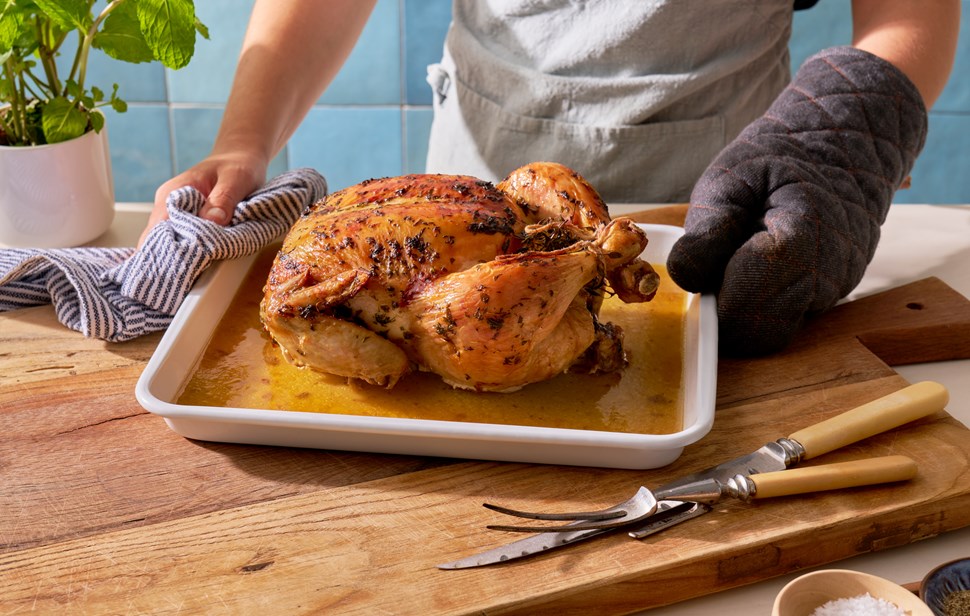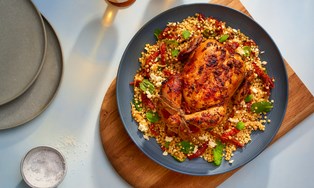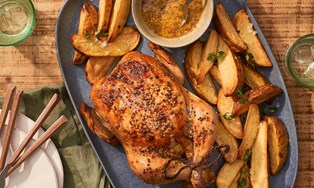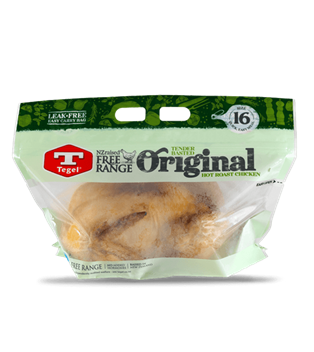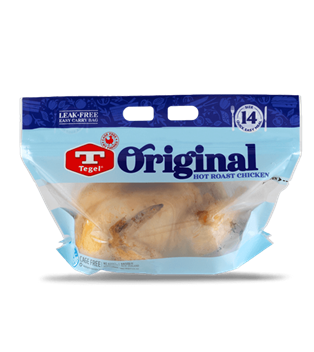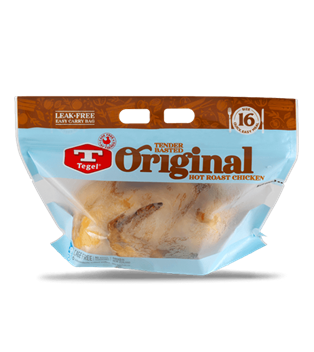Casserole:
- Bone-in portions (with vegetables, wine, stock and seasonings) require 1.5 hours at 180°C.
Steaming:
- Whole birds and bone-in portions will require approximately 30 minutes per 500g of chicken.
Hangi:
- The poultry should be cooked until all the juices are clear, not pink, and the poultry reaches an internal temperature of at least 74°C (as measured from the thickest part of the breast or the innermost part of the thigh).
- Further guidelines to food safety when cooking a hangi can be found on the NZFSA's website by clicking here.
BBQ:
- Poultry cooks best over hot coals, not flames.
- To ensure poultry is properly cooked, it is recommended to cook bone-in portions low and slow on the BBQ. Brush with any sweet glazes towards the end of cooking to prevent burning and charring.
- Test large cuts by skewering the flesh in the deepest part. If it's cooked, the juices will run clear, not pink, and the poultry will feel firm and springy to the touch.
- If you have a meat thermometer, measure the temperature in the thickest part of the meat, where it should have reached 74°C.
- Boneless portions are best cubed and threaded onto skewers. Cooking time is dependent on size of portion and temperature of BBQ
Try this with:
 Related Recipes:
Related Recipes:
 Related Products:
Related Products:
